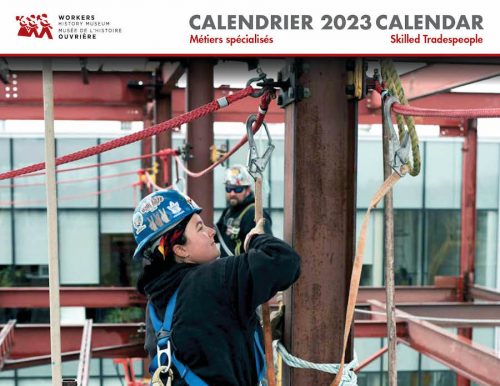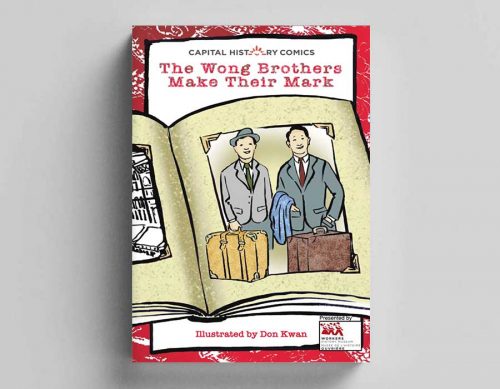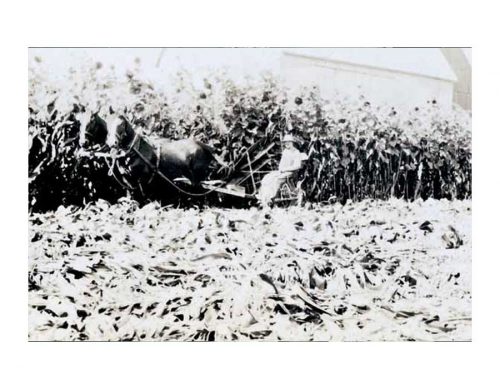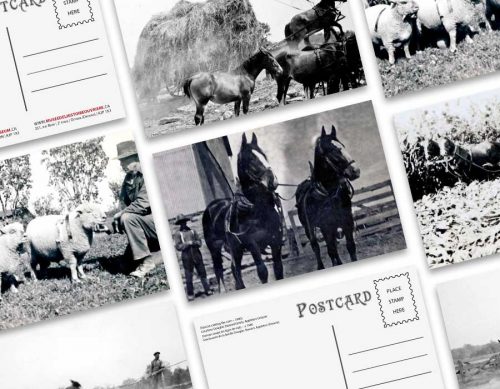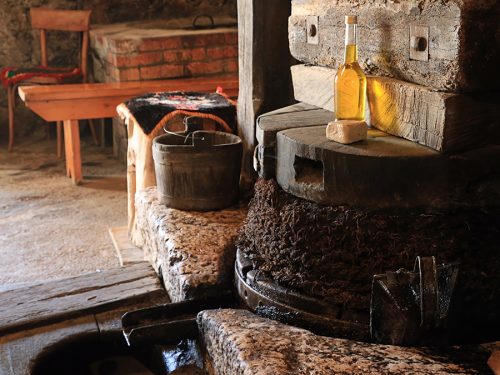-
 "In its first half-century, the Public Service Alliance of Canada evolved from a marriage of convenience between two rival public service organizations in 1966 into one of the country’s strongest and most progressive unions. The story of how this came to be is a tribute to those members, staff and leaders whose vision and dedication set a steady (if sometimes stormy) course over the past five decades. The history of PSAC has not only been one of celebration, but of reverses and setbacks. The union has faced many obstacles, internal and external, as it grew, learning collectively from its failures as well as its successes. Its history so far is, of course, a work in progress: much remains unfinished, and many new and complex challenges lie ahead. But the union's hard-won maturity and ability to adapt have equipped it well to face the future with confidence."
"In its first half-century, the Public Service Alliance of Canada evolved from a marriage of convenience between two rival public service organizations in 1966 into one of the country’s strongest and most progressive unions. The story of how this came to be is a tribute to those members, staff and leaders whose vision and dedication set a steady (if sometimes stormy) course over the past five decades. The history of PSAC has not only been one of celebration, but of reverses and setbacks. The union has faced many obstacles, internal and external, as it grew, learning collectively from its failures as well as its successes. Its history so far is, of course, a work in progress: much remains unfinished, and many new and complex challenges lie ahead. But the union's hard-won maturity and ability to adapt have equipped it well to face the future with confidence." -
 Our 2024 Workers’ History Museum calendar celebrates worker’ houses and homes. While of course all heritage houses were built by workers, it is striking how few that were both built and lived in by workers are protected from development. Few have even been photographed and archived. We hope our calendar will be a small step in preserving this heritage. We know that some of the houses and homes we feature may not be with us for much longer. We want to celebrate those workers whose trades or hard-learned skills created beautiful and functional spaces in our city before they are gone forever. Cost : $10 each plus postage $5 5 or more $8 each plus postage Contact treasurer@workershistorymuseum.ca for mailing costs for bulk orders.
Our 2024 Workers’ History Museum calendar celebrates worker’ houses and homes. While of course all heritage houses were built by workers, it is striking how few that were both built and lived in by workers are protected from development. Few have even been photographed and archived. We hope our calendar will be a small step in preserving this heritage. We know that some of the houses and homes we feature may not be with us for much longer. We want to celebrate those workers whose trades or hard-learned skills created beautiful and functional spaces in our city before they are gone forever. Cost : $10 each plus postage $5 5 or more $8 each plus postage Contact treasurer@workershistorymuseum.ca for mailing costs for bulk orders. -
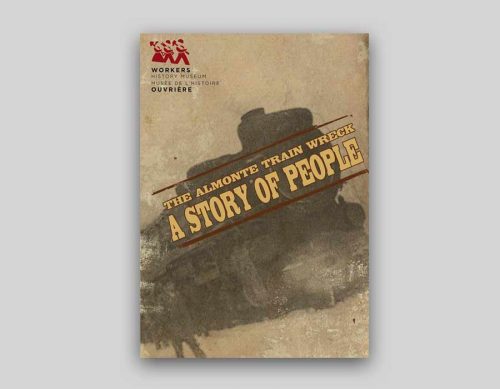 "On a snowy December night in 1942 in the town of Almonte, Ontario’s Christmas celebrations were cut short when a train transporting Canadian troops rear-ended an Ottawa-bound passenger train that was waiting at the station platform. It is considered one of the worst train wrecks in Canadian history. Ottawa Storytellers Donna Stewart and Ruth Stewart-Verger tell stories of the people and events surrounding the Almonte Train Wreck. Johnny Spinks, a local Almonte singer accompanied by Bradley Scott, sang Mac Beattie’s song “Train Wreck at Almonte” courtesy of the Beattie family and his own song “Rust on the Rails”. This is a story celebrating the people who rode and worked on the trains of the Ottawa Valley and, specifically, those who came to the aid of No. 550 Pembroke Local, during the foul weather of December 27, 1942. The 50-minute video is in English only."
"On a snowy December night in 1942 in the town of Almonte, Ontario’s Christmas celebrations were cut short when a train transporting Canadian troops rear-ended an Ottawa-bound passenger train that was waiting at the station platform. It is considered one of the worst train wrecks in Canadian history. Ottawa Storytellers Donna Stewart and Ruth Stewart-Verger tell stories of the people and events surrounding the Almonte Train Wreck. Johnny Spinks, a local Almonte singer accompanied by Bradley Scott, sang Mac Beattie’s song “Train Wreck at Almonte” courtesy of the Beattie family and his own song “Rust on the Rails”. This is a story celebrating the people who rode and worked on the trains of the Ottawa Valley and, specifically, those who came to the aid of No. 550 Pembroke Local, during the foul weather of December 27, 1942. The 50-minute video is in English only." -
 The story of the ON-To-Ottawa Trek During the Great Depression, the Canadian Government established the Unemployment Relief Scheme. It was a nationwide system of camps for single, unemployed men. The beneficiaries of the program worked on road construction and other physically demanding projects, in exchange for room and board and 20 cents a day. In 1935, about 1,500 men from various British Columbia camps went on strike in demand for better working conditions. After a few weeks of protests, and encouraged by many expressions of support from the community, they decided to go to Ottawa to lay their demands before the Prime Minister. It was the beginning of the On-To-Ottawa Trek, a journey that has been a source of inspiration to the workers’ movement in Canada for more than eight decades.
The story of the ON-To-Ottawa Trek During the Great Depression, the Canadian Government established the Unemployment Relief Scheme. It was a nationwide system of camps for single, unemployed men. The beneficiaries of the program worked on road construction and other physically demanding projects, in exchange for room and board and 20 cents a day. In 1935, about 1,500 men from various British Columbia camps went on strike in demand for better working conditions. After a few weeks of protests, and encouraged by many expressions of support from the community, they decided to go to Ottawa to lay their demands before the Prime Minister. It was the beginning of the On-To-Ottawa Trek, a journey that has been a source of inspiration to the workers’ movement in Canada for more than eight decades. -
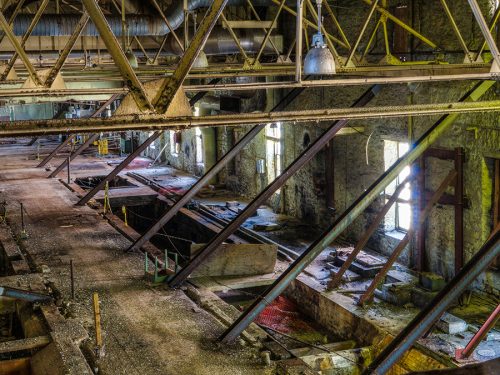 Lumber mills began to appear in the early 19th century at the Chaudière Falls, in the heart of what would one day be the Cities of Ottawa and Hull / Gatineau. For most of the 20th Century, the site was dominated by the E.B. Eddy Pulp and Paper Mills. This is one of the oldest buildings on the site, viewed from a loft which overlooks the space where huge paper machines once stood.
Lumber mills began to appear in the early 19th century at the Chaudière Falls, in the heart of what would one day be the Cities of Ottawa and Hull / Gatineau. For most of the 20th Century, the site was dominated by the E.B. Eddy Pulp and Paper Mills. This is one of the oldest buildings on the site, viewed from a loft which overlooks the space where huge paper machines once stood. -
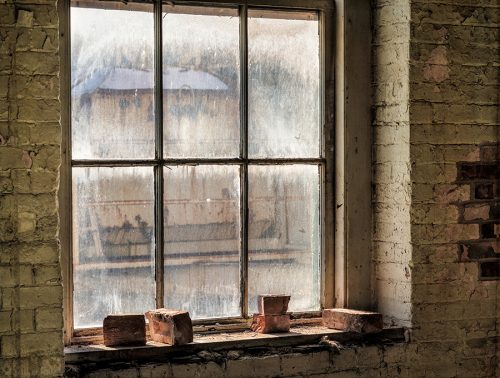 While most images collected were utilitarian record shots, the photographers were alert for magical moments where light and composition offered a unique artistic photograph, and were encouraged to pause to capture it. The moody lighting of this winter day, combined with the brickwork texture and colour, was one of those moments, alertly spotted and skillfully captured by photographer Raymond Massé.
While most images collected were utilitarian record shots, the photographers were alert for magical moments where light and composition offered a unique artistic photograph, and were encouraged to pause to capture it. The moody lighting of this winter day, combined with the brickwork texture and colour, was one of those moments, alertly spotted and skillfully captured by photographer Raymond Massé. -
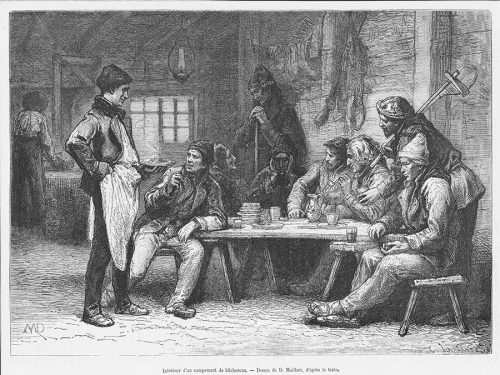 This somewhat misleading image was published to accompany an article by a correspondent to one of the many French popular weeklies of the 1870s. Since the artist was working "d'après le texte", he presumably had never been to Canada, much less a lumber camp. This may be why the tidy and well-groomed lumberjacks are accommodated in a remarkably spacious, well-built building with fine dishware on the table. In fact, everything about the image suggests a French village inn of the period. Still, it is a charming depiction of how Europeans envisaged the life of Canadian lumbermen as it might have been.
This somewhat misleading image was published to accompany an article by a correspondent to one of the many French popular weeklies of the 1870s. Since the artist was working "d'après le texte", he presumably had never been to Canada, much less a lumber camp. This may be why the tidy and well-groomed lumberjacks are accommodated in a remarkably spacious, well-built building with fine dishware on the table. In fact, everything about the image suggests a French village inn of the period. Still, it is a charming depiction of how Europeans envisaged the life of Canadian lumbermen as it might have been.


